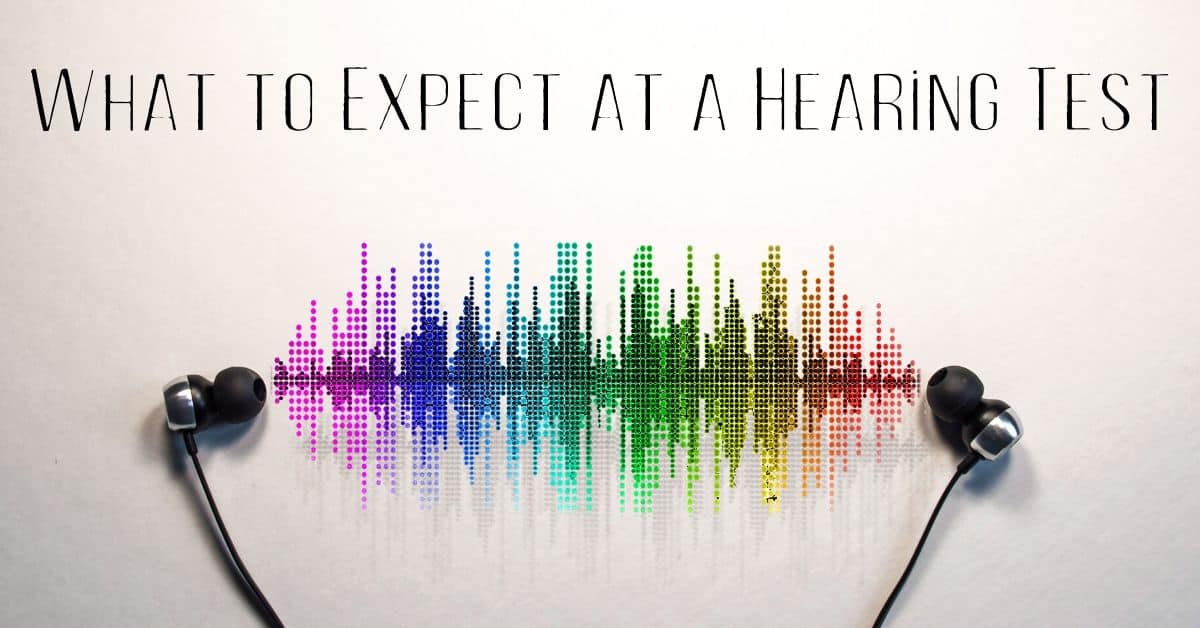- The Impact of Hearing Aids on Veterans’ Lives - February 15, 2024
- Hearing Health: A New Year’s Resolution for a Vibrant Life - January 16, 2024
- Unraveling Misconceptions About Hearing Loss - December 12, 2023
Hearing tests are simple and typically last for 1 to 2 hours. It is painless, non-invasive and less daunting that people might think. Although hearing tests can vary slightly between different hearing practices and different professionals can complete different parts of the test, they all have the same four parts:
- A health history
- Ear examination
- Hearing tests
- A review of your test results
Let’s look at each one in turn.
-
A health history
Before tests begin, you hearing care provider will usually ask you about your health history and lifestyle. Questions can cover a wide range of areas. The hearing professional may also ask about medical history, medication you are currently taking, hearing loss and illness familial history, noise exposure, a working history, leisure pursuits and hearing problems that you and your family notice.
Your answers to these questions help give your provider a picture of your current hearing situation, clues to what may be expected on the tests, and how you may respond to different treatment options. The more information you can provide in your case history, the better the hearing professional can tailor the treatment to your individual needs.
-
Ear examination
The test involves checking you ear for impacted wax, or any other physical barrier to sound entering the ear. Usually the hearing professional uses an otoscope, which looks like a cross between a magnifying glass and a flashlight. This procedure is used to rule out any conductive hearing loss you might have.
-
Hearing tests
During your consultation you may have a have a number of tests. Each is designed to determine the functioning of a different part of the ear These do not cause pain and are usually simple to administer.
- Pressure test: This test is meant to check the fluid in the middle ear, as well as the operation of the eardrum. This means changing the ear pressure in your ear to see how the eardrum responds. A probe is put in your ear. The change in pressure may feel a bit odd but it isn’t painful.
- Pure-tone test: Pure tones tests are used to test the lowest levels of sound you can detect at various frequencies. You will hear sounds in your ears at various frequencies and volumes, and when you hear the sound you are asked to press a button.
- Bone conduction test: A small probe is put behind your ear during a bone conductivity test. This vibrates to check the perception of the sound from your ear through the bone. When you hear a sound, you will be encouraged to push the button. This test helps determine the location of the hearing loss.
- Speech test: One of the biggest issues for people with hearing loss is being able to comprehend speech. Those who find themselves in environments with plenty of background sound can find it hard to hear others, even with hearing aids. A voice recognition test helps to assess how well spoken words can be understood.
-
A review of your test results
An audiogram is a graph which displays the type and degree of a hearing loss. This is how you view the results of your hearing test. The chart shows the pitch of your hearing loss and the level of hearing loss you have. Your hearing professional will also review your choices for hearing improvement based on these findings and whether a hearing aid is the right choice for you.
Welsch Hearing Aid Company
Now that you know what to expect, the next step is to book yourself one! By doing this one test with us, can can save yourself years of frustration down the line. We run comprehensive tests and can suggest the best treatment for you. Contact us today to schedule your hearing test.

